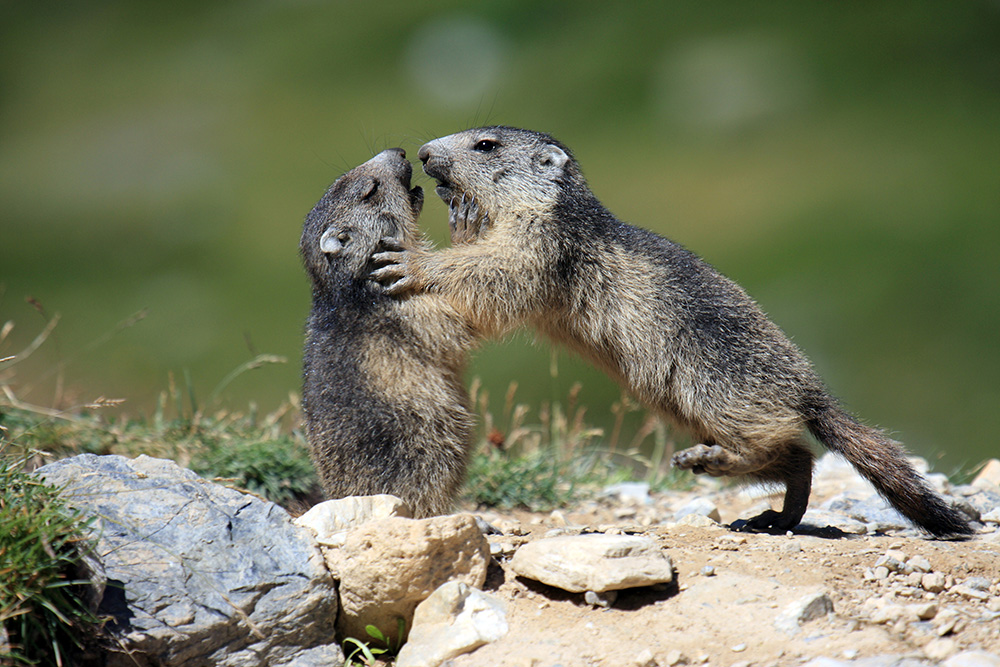
Climate change can drive animals into vulnerable state of low genetic diversity
An international team of researchers led by Charité – Universitätsmedizin Berlin has discovered that the alpine marmot has the least genetic diversity of any known animal to date. A genome study revealed that the species lost its genetic diversity during extreme climate events and has never been able to recover.
The alpine marmot is a large rodent from the squirrel family that lives in the high-altitude Alpine meadow. By sequencing the marmot’s genome, the researchers found that all of the individual animals were genetically very similar.
“We were very surprised by this finding. Low genetic diversity is primarily found among highly endangered species such as, for instance, the mountain gorilla,” said study lead author Dr. Markus Ralser. “Population numbers for the alpine marmot, however, are in the hundreds of thousands, which is why the species is not considered to be at risk.”
To investigate what may have driven these animals to such a fragile state, the researchers reconstructed the marmot’s genetic past using a computer-based analysis.
The study revealed that the alpine marmot lost its genetic diversity as a result of climate-related adaptations during the last ice age. The animals first adapted when they colonized the Pleistocene steppe at the beginning of the last ice age, and adapted again when the Pleistocene steppe disappeared toward the end of the ice age.
The team found evidence to suggest that the marmot’s adaptation to the colder temperatures resulted in longer generation time and a drop in the rate of genetic mutations. As a result, the animals were unable to regenerate their genetic diversity.
“Our study shows that climate change can have extremely long-term effects on the genetic diversity of a species. This had not previously been shown in such clear detail,” explained Dr. Ralser. “When a species displays very little genetic diversity, this can be due to climate events which occurred many thousands of years ago. It is remarkable that the alpine marmot managed to survive for thousands of years despite its low genetic diversity.”
“After all, a lack of genetic variation can mean a reduced ability to adapt to change, rendering the affected species more susceptible to both diseases and altered environmental conditions – including changes in the local climate.”
“We should take the results of the study seriously, as we can see similar warnings from the past. In the 19th century, the passenger pigeon was one of the most abundant species of land birds in the Northern Hemisphere, yet, it was completely wiped out within just a few years. It is possible that low genetic diversity played a role in this.”
The study is published in the journal Current Biology.
—
By Chrissy Sexton, Earth.com Staff Writer
Paid for by Earth.com
Image Credit: Carole and Denis Favre-Bonvin













